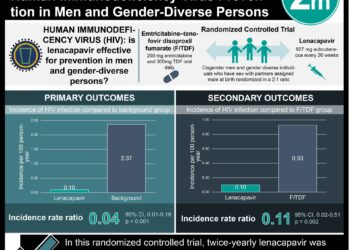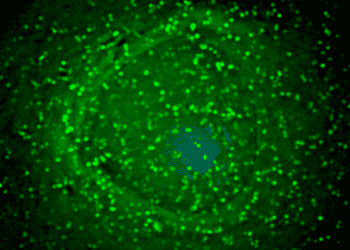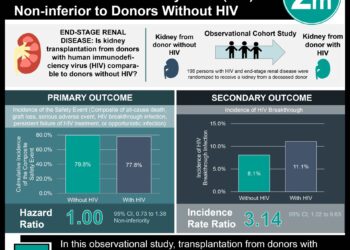Economic incentives effective in increasing male circumcision rates in Kenya
1. Economic incentives in the form of food vouchers covering the value of transportation, plus at least 1-2 days of lost work wages, was effective in increasing male circumcision rates in Kenya.
2. This intervention was effective in increasing rates of circumcision among individuals at high risk of acquiring HIV.
Evidence Rating Level: 2 (Good)
Study Rundown: Male circumcision has been found to be an effective way of decreasing HIV transmission. There are, however, several barriers to circumcision in Kenya, including the financial costs associated with the procedure. This study randomized 1504 men from three districts in the Nyanza region of western Kenya to receive economic compensation for circumcision in the form of food vouchers of three different values or no voucher. One group received vouchers worth the approximate travel cost to the clinic (about $2.50), one group received vouchers worth transportation cost plus 1-2 days of work wages ($8.75), and the third group received vouchers worth transportation plus 2-3 days of work wages ($15.00).
At two months, a greater proportion of individuals from the $8.75 and $15.00 groups were circumcised when compared to the $2.50 group and control group. The intervention also increased circumcision among individuals at high risk of acquiring HIV. Strengths of this study include the use of several different voucher values and the fact that the highest value ($15.00) was the approximate cost of circumcision to avoid coercion. One weakness of the study is the use of household listings that were 3-8 months old, leading to an inability to find some individuals who had relocated. This study shows that economic incentives can be useful in increasing the rates of male circumcision in Kenya, and more incentive schemes should be attempted to find the most effective one.
Click to read the study in JAMA
Relevant Reading: Randomized, controlled intervention trial of male circumcision for reduction of HIV infection risk: the ANRS 1265 Trial
In-Depth [randomized controlled trial]: This study randomized 1504 men from three districts in Kenya to receive food vouchers of three different values ($2.50, $8.75, $15.00) or no voucher (control group) to undergo circumcision. Those in the $2.50 group had circumcision rates similar to those in the control group (AOR 1.1, 95% CI 0.4-3.3, p=0.87). Those in the $8.75 and $15.00 groups, however, had higher rates of circumcision than the control group (AOR 4.3, 95% CI 1.7-10.7, p=0.002 and AOR 6.2, 95% CI 2.6-15.0, p<0.001). The outcomes in the $8.75 and $15.00 groups were comparable (Wald test p=0.2). There was also an increase in the rate of circumcision among individuals at high risk of acquiring HIV.
More from this author: Ambulances equipped for thrombolysis allow for more rapid stroke treatment, No link between TNF-a inhibitor use and cancer in inflammatory bowel disease, Stem cell transplant may be effective in sickle cell disease, Varenicline (Chantix) with nicotine patches effective in smoking cessation, No benefit with hydroxychloroquine (Plaquenil) over placebo in Sjogren’s Syndrome [JOQUER Trial]
Image: PD
©2012-2014 2minutemedicine.com. All rights reserved. No works may be reproduced without expressed written consent from 2minutemedicine.com. Disclaimer: We present factual information directly from peer reviewed medical journals. No post should be construed as medical advice and is not intended as such by the authors, editors, staff or by 2minutemedicine.com. PLEASE SEE A HEALTHCARE PROVIDER IN YOUR AREA IF YOU SEEK MEDICAL ADVICE OF ANY SORT.







